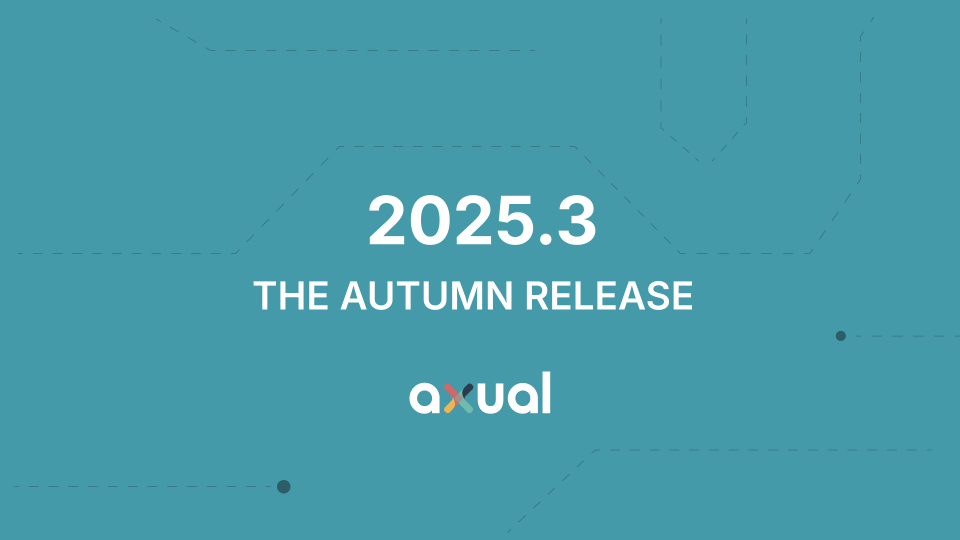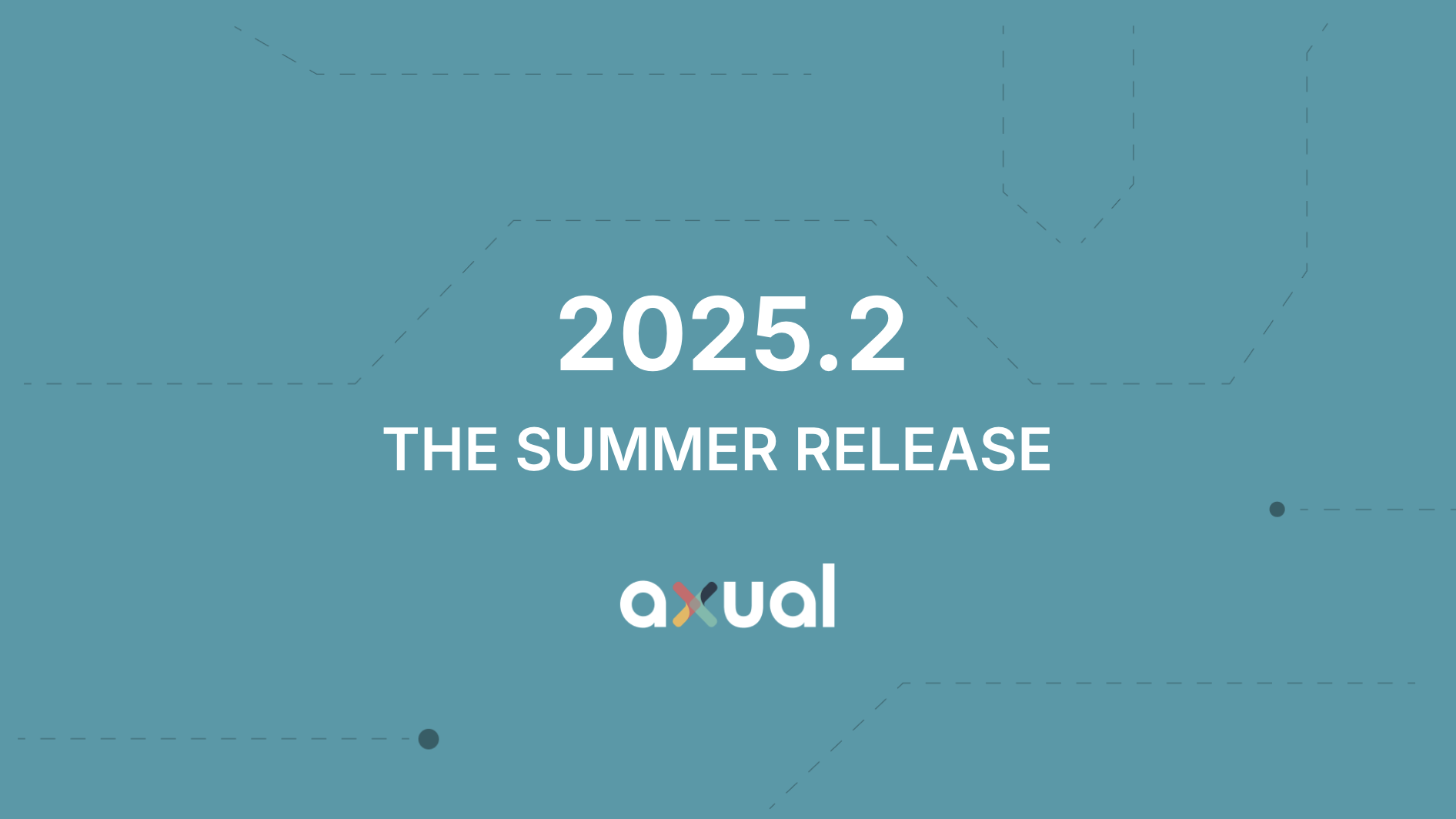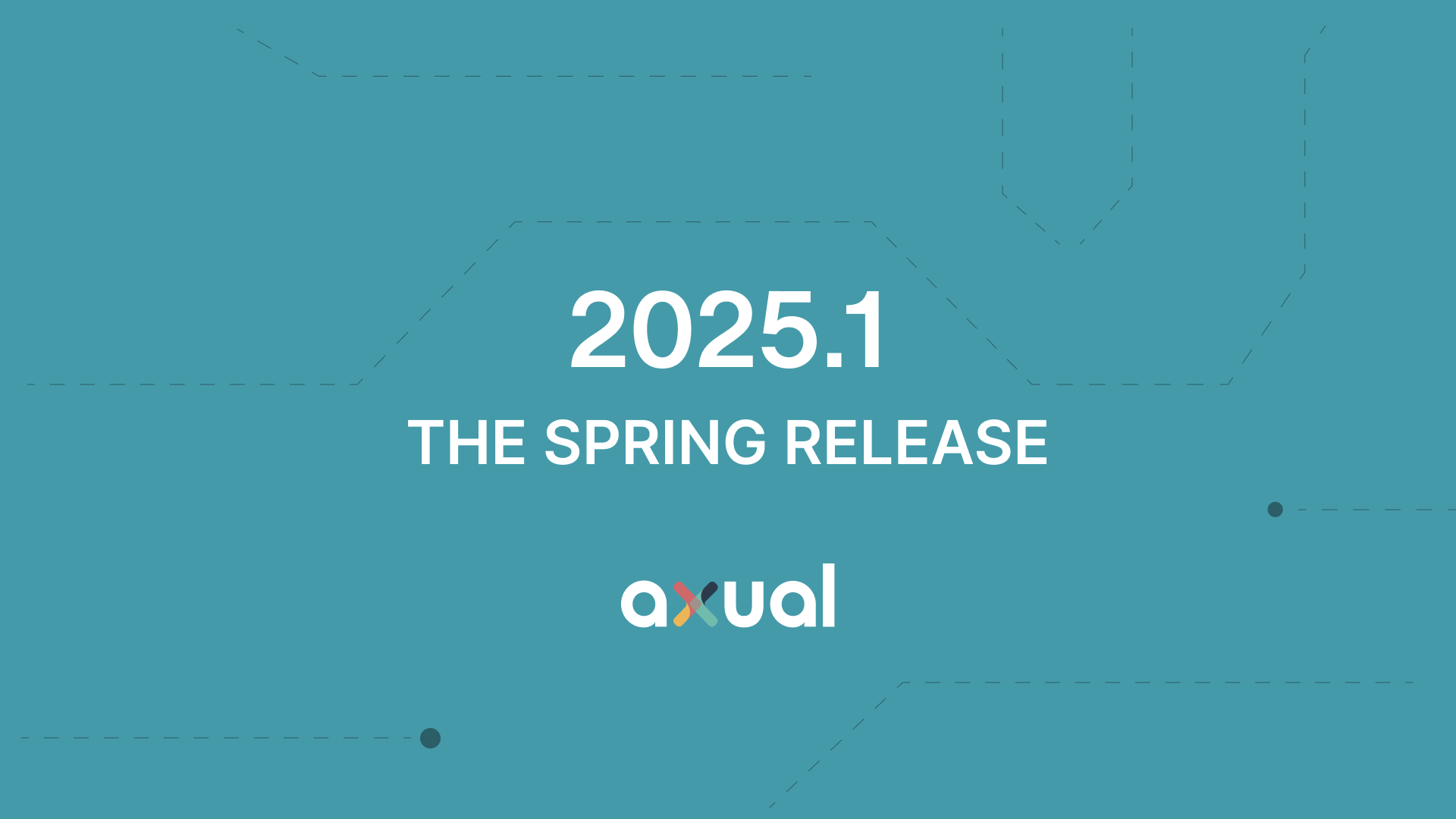Starting Small with Kafka: Why It’s the Right Choice for Your Enterprise
Apache Kafka is a powerful event-streaming platform, but does your enterprise need to go all in from day one? In this blog, we explore why starting small with Kafka is the best strategy. Learn how an incremental approach can help you reduce complexity, and scale efficiently as your needs grow. Whether you're new to Kafka or looking for a practical implementation strategy, this guide will set you on the right path.

On this page
Kafka for Business
Kafka for Business enables companies to harness real-time data streaming for better insights and faster decision-making. Its scalable, distributed architecture ensures reliability and seamless integration across various environments. Businesses can start small and expand their Kafka deployment as their data needs grow. By choosing the right strategy upfront, organizations can avoid complexity and maximize the benefits of real-time data processing.
Kafka Doesn’t Have to Be Big and Difficult
Many Businesses hesitate to adopt Apache Kafka because they think it requires a massive, complex setup. But the reality is different: Kafka can start small while being enterprise-ready. You don’t need to go all-in from day one. A well-structured, incremental approach allows businesses to leverage Kafka’s power without overwhelming their teams.
The Challenge: Managing Data Streams at Scale
Many enterprises deal with massive amounts of data flowing from various sources. The challenge is integrating these streams efficiently, ensuring reliability, and maintaining security across on-prem, private cloud, or self-managed environments. Traditional message brokers may struggle with scale, and legacy architectures often lead to bottlenecks, data loss, and inefficiencies.
This is where Kafka comes in. Getting started with Kafka is relatively easy, making it a popular choice for real-time data streaming. However, selecting the right Kafka deployment from the beginning—whether open-source, Strimzi, or a vendor-managed solution—is crucial. While it might seem like a simple choice now, factors like governance, security, compliance (e.g., GDPR), and future scalability can make migration costly and complex later.
As businesses mature in their data journey, ensuring reliability, security, and seamless integration across environments becomes increasingly critical. The right Kafka strategy upfront can help avoid unnecessary limitations down the road.
Explore our latest use cases and learn from other Enterprises
The Solution: Start Small with Kafka
Kafka for businesses strength lies in its ability to handle real-time data processing while ensuring reliability and scalability. But you don’t have to deploy a full-scale enterprise architecture immediately. A small-scale Kafka deployment can still bring significant advantages:
- Incremental Adoption: Start with a single use case, such as log aggregation, event-driven microservices, or real-time analytics.
- Enterprise-Grade from Day One: Even a small Kafka setup ensures durability, high availability, and fault tolerance.
- On-Prem and Private Cloud Flexibility: Self-managing Kafka allows organizations to control security, performance, and compliance without relying on a third-party cloud provider.
The all-in-one Kafka platform for enterprises
Axual offers the ultimate solution for enterprises looking to integrate data streaming into their core IT infrastructure seamlessly. Our all-in-one Kafka platform is designed to eliminate the need for extensive technical knowledge or skills. The platform provides a ready-made solution that delivers all the benefits of event streaming without the hassle.
Axual simplifies Kafka adoption with:
- Self-Service Kafka-as-a-Service: Reduce operational overhead while maintaining control.
- Integration and Security Best Practices: Ensure a smooth deployment without compliance risks.
- Continuous Support and Training: Equip your teams with the knowledge to manage Kafka effectively.
Our 8-week On-Prem Step-by-Step Approach

Week 1-2: Architecture and Initial Deployment
Begin with an integration architecture review. Together, we define your first use case and align with internal and external stakeholders, including enterprise architects, security teams, and platform engineers. From there, we help you deploy a production-like Kafka setup in a test environment.
Week 3-4: Testing and Training
We run functional and load tests to validate performance. Conduct group training sessions to familiarize teams with Kafka and the Axual platform.
Week 5-6: Production Deployment
Together, we deploy Kafka in production with actual data and live applications. Ensure monitoring, security policies, and operational guidelines are in place.
Week 7-8: Handover and Support
In the last phase, we enable your in-house platform team to run Kafka autonomously, with Axual providing ongoing support, incident management, and best practices.
Wrapping Up: Start Small, Scale Confidently
Kafka is the right choice for enterprises, even if you start small. A well-planned approach ensures you gain the benefits of real-time data streaming without unnecessary complexity. With Axual, you can confidently deploy and scale Kafka in a controlled, secure manner.
Ready to get started? Let’s connect and explore how Axual can help you on your Kafka journey.

Answers to your questions about Axual’s All-in-one Kafka Platform
Are you curious about our All-in-one Kafka platform? Dive into our FAQs
for all the details you need, and find the answers to your burning questions.
For an enterprise-level Kafka setup, the best approach is to deploy Kafka in a distributed manner, ensuring high availability, scalability, and fault tolerance. Start by setting up multiple Kafka brokers across different nodes to distribute the load and avoid a single point of failure. Use a separate Zookeeper ensemble for managing Kafka’s cluster metadata. Configure replication for topics to ensure data redundancy and durability. Set up monitoring tools (like Prometheus and Grafana) to track performance and health, and implement proper security with SSL encryption, SASL authentication, and ACLs for access control. Additionally, use Kafka Connect and Kafka Streams for seamless data integration and stream processing across the enterprise.
Yes, you can start Apache Kafka without Zookeeper in certain versions. Starting from Kafka 2.8.0, Kafka introduced the option to run without Zookeeper using a new mode called KRaft (Kafka Raft Metadata Mode).
LinkedIn developed Kafka in 2011 as a high-throughput message broker for its own use, then open-sourced and donated Kafka to the Apache Software Foundation. So no, it's not owned by IBM.
Related blogs

Axual 2025.3 release introduces KSML 1.1 integration for automated stream processing deployment, group-based resource filtering for multi-team governance, and experimental MCP Server for AI-driven platform operations. Includes JSON schema support, Protobuf processing (beta), and enhanced audit tracking for enterprise Kafka implementations.

The Axual 2025.2 summer release delivers targeted improvements for enterprise-grade Kafka deployments. In this post, we walk through the latest updates—from enhanced audit tracking and OAuth support in the REST Proxy to smarter stream processing controls in KSML. These features are designed to solve the real-world governance, security, and operational challenges enterprises face when scaling Kafka across teams and systems.

Axual 2025.1 is here with exciting new features and updates. Whether you're strengthening security, improving observability, or bridging old legacy systems with modern event systems, like Kafka, Axual 2025.1 is built to keep you, your fellow developers, and engineers ahead of the game.
